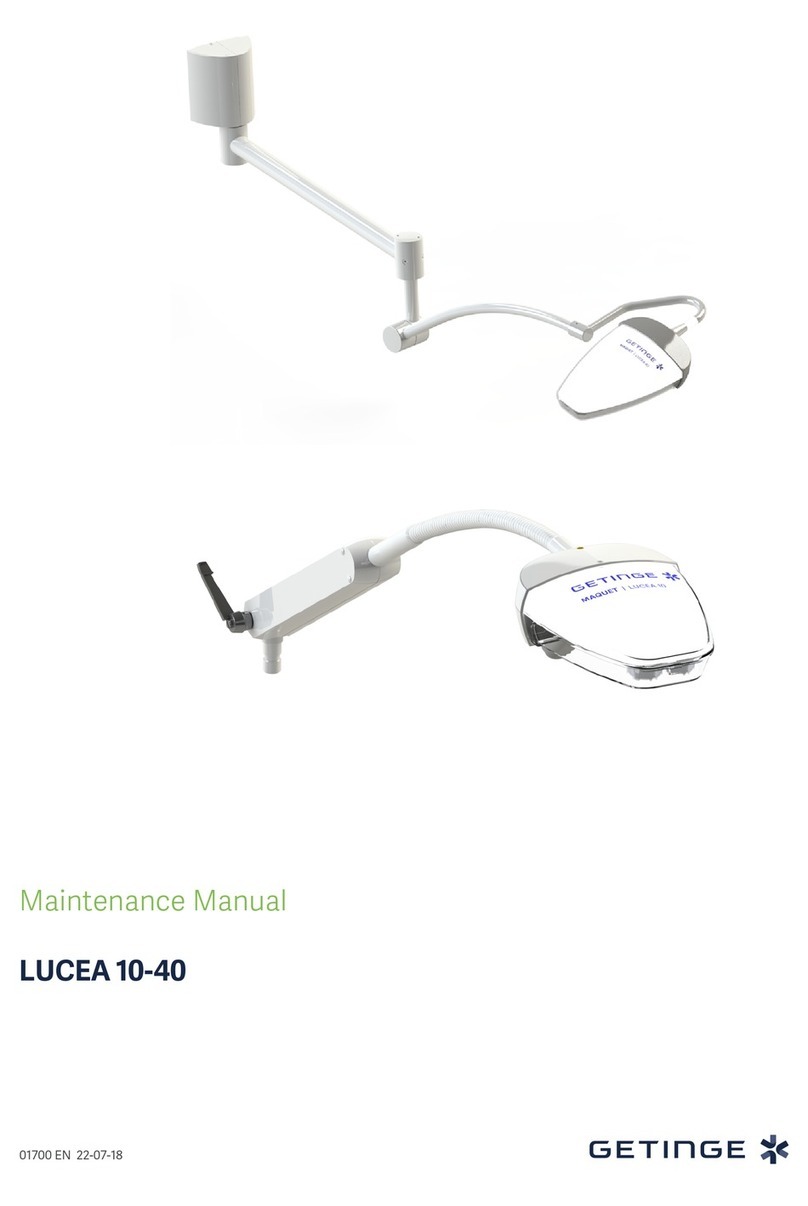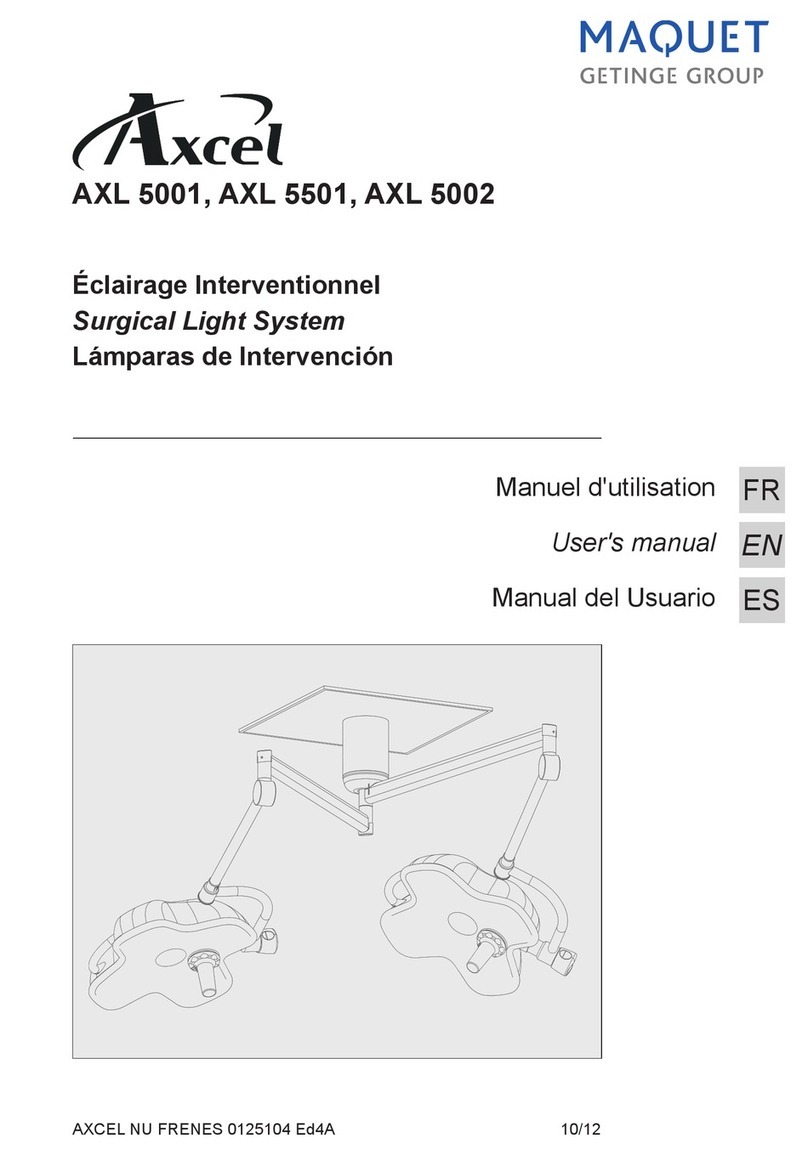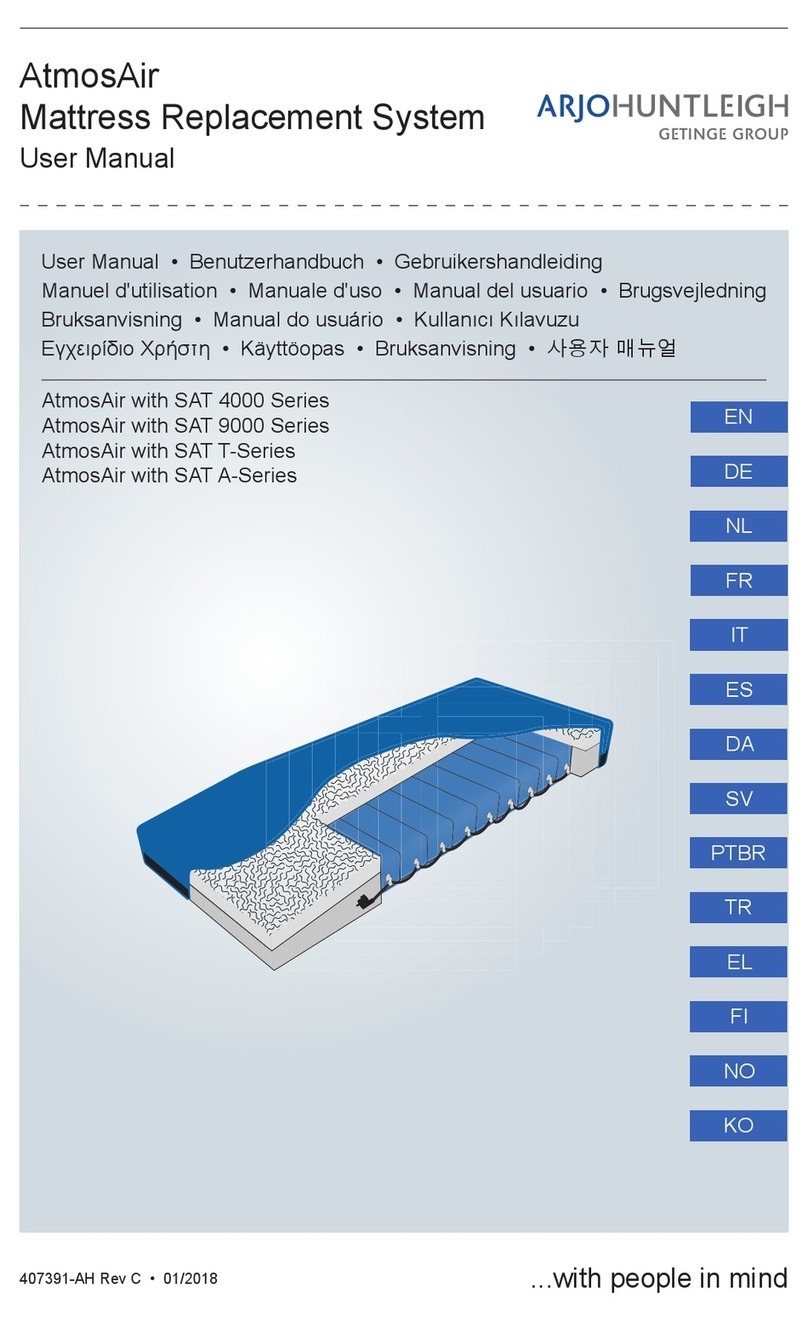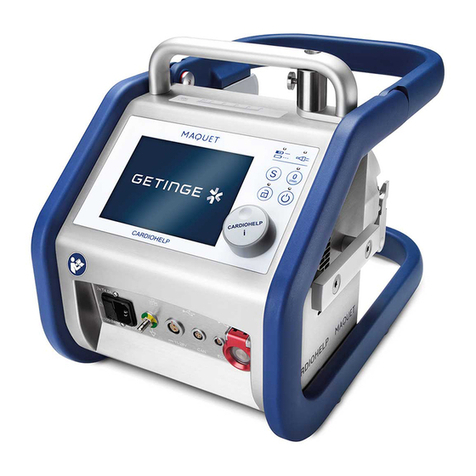Getinge Arjohuntleigh AtmosAir User manual
Other Getinge Medical Equipment manuals
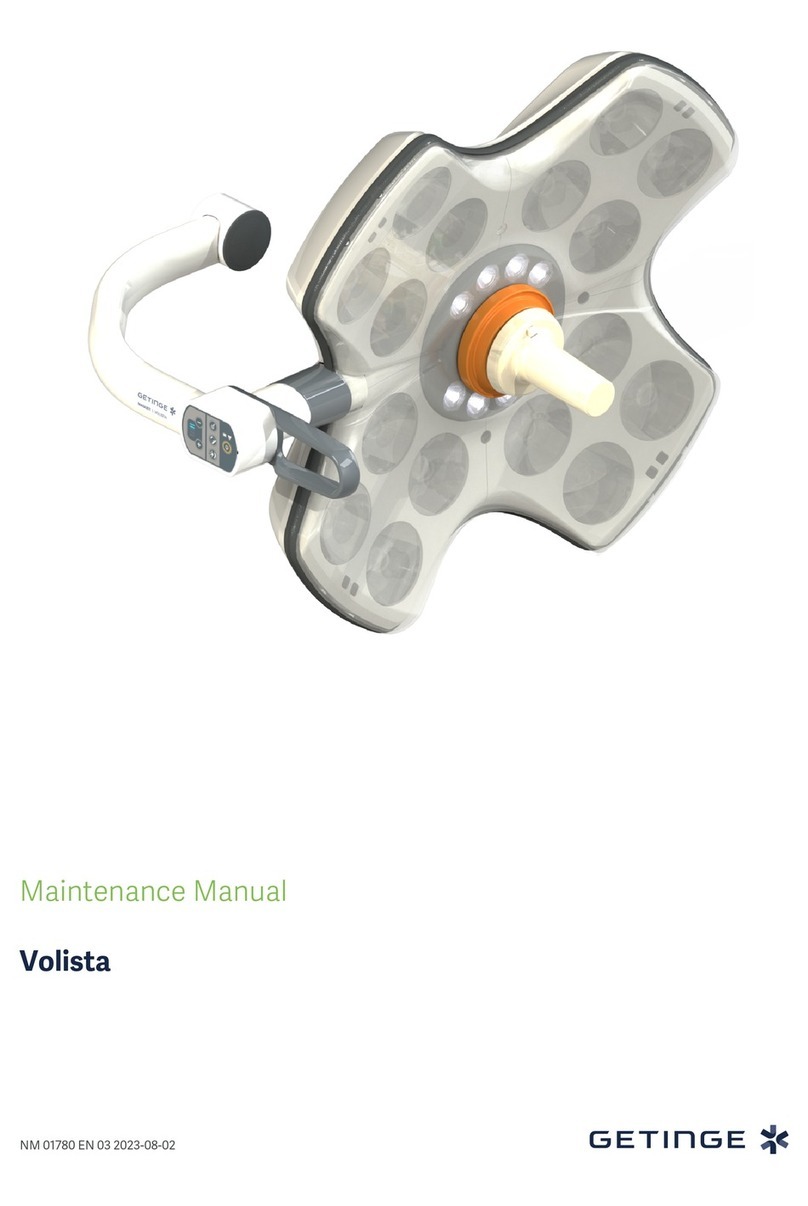
Getinge
Getinge Volista User manual
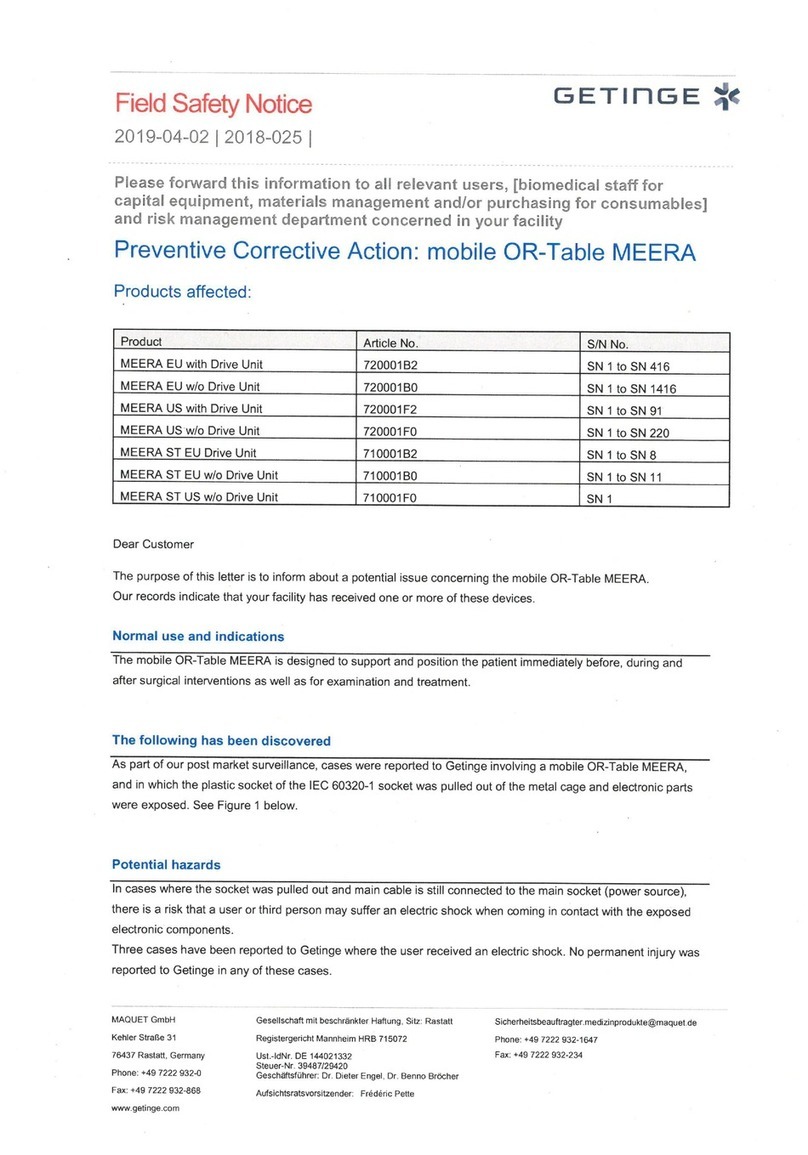
Getinge
Getinge MEERA 720001B2 Operation and maintenance manual

Getinge
Getinge 9900 Series User manual
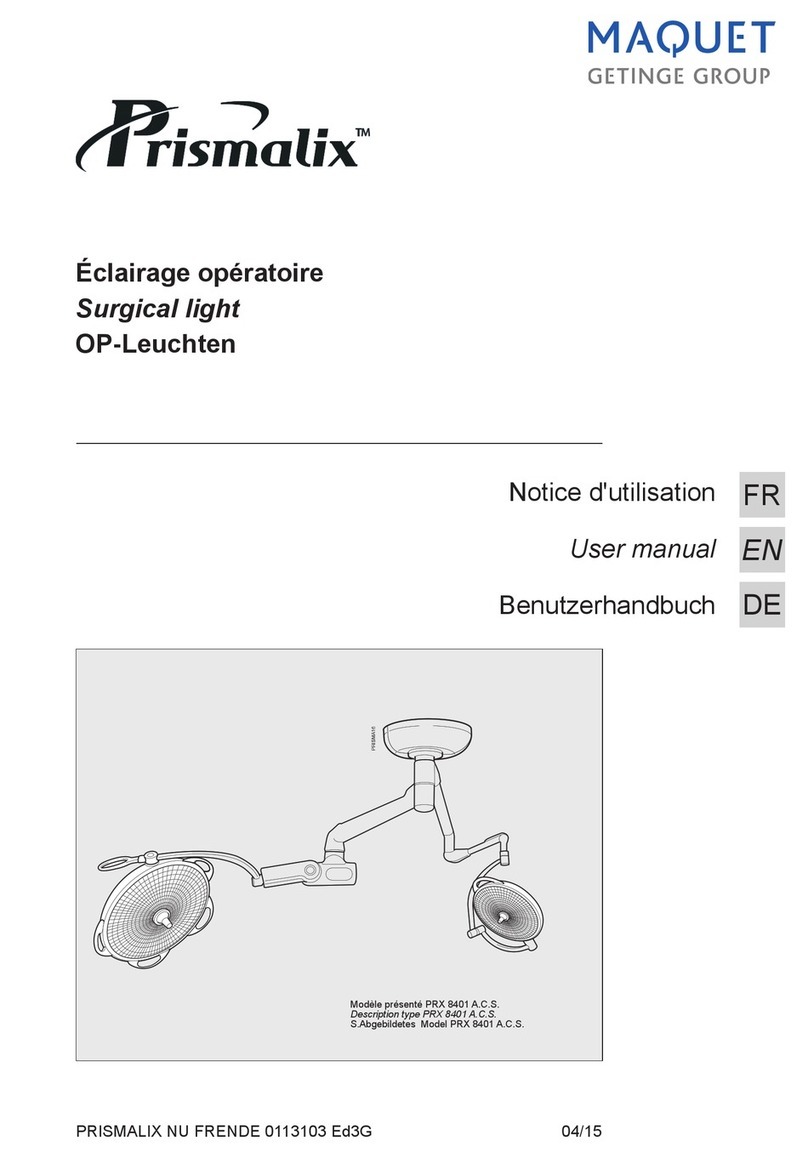
Getinge
Getinge MAQUET Prismalix User manual

Getinge
Getinge Arjohuntleigh AKRON STREAMLINE GYNAE Series User manual
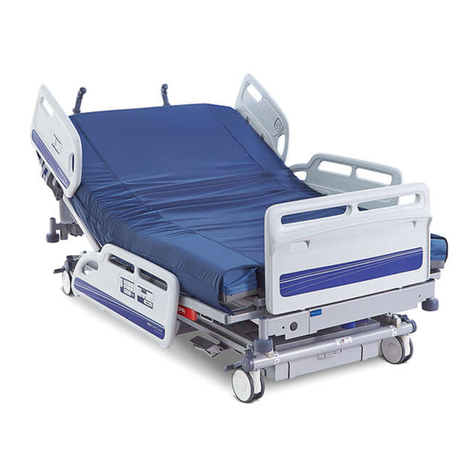
Getinge
Getinge Arjohuntleigh Citadel Plus User manual
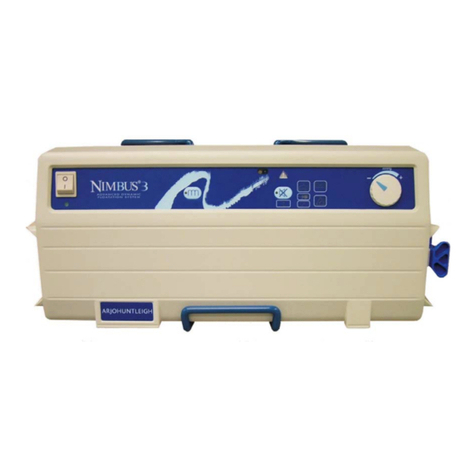
Getinge
Getinge Arjohuntleigh NIMBUS II User manual

Getinge
Getinge MAQUET CRITICAL CARE User manual
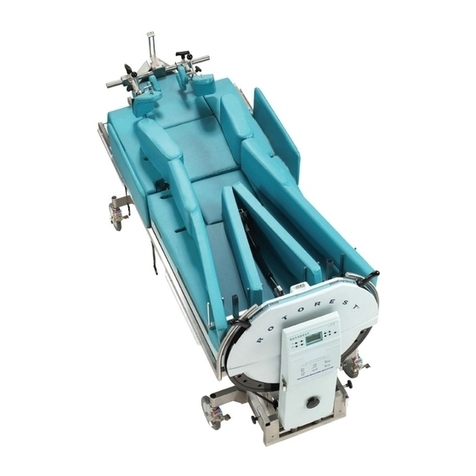
Getinge
Getinge Arjohuntleigh RotoRest System User manual
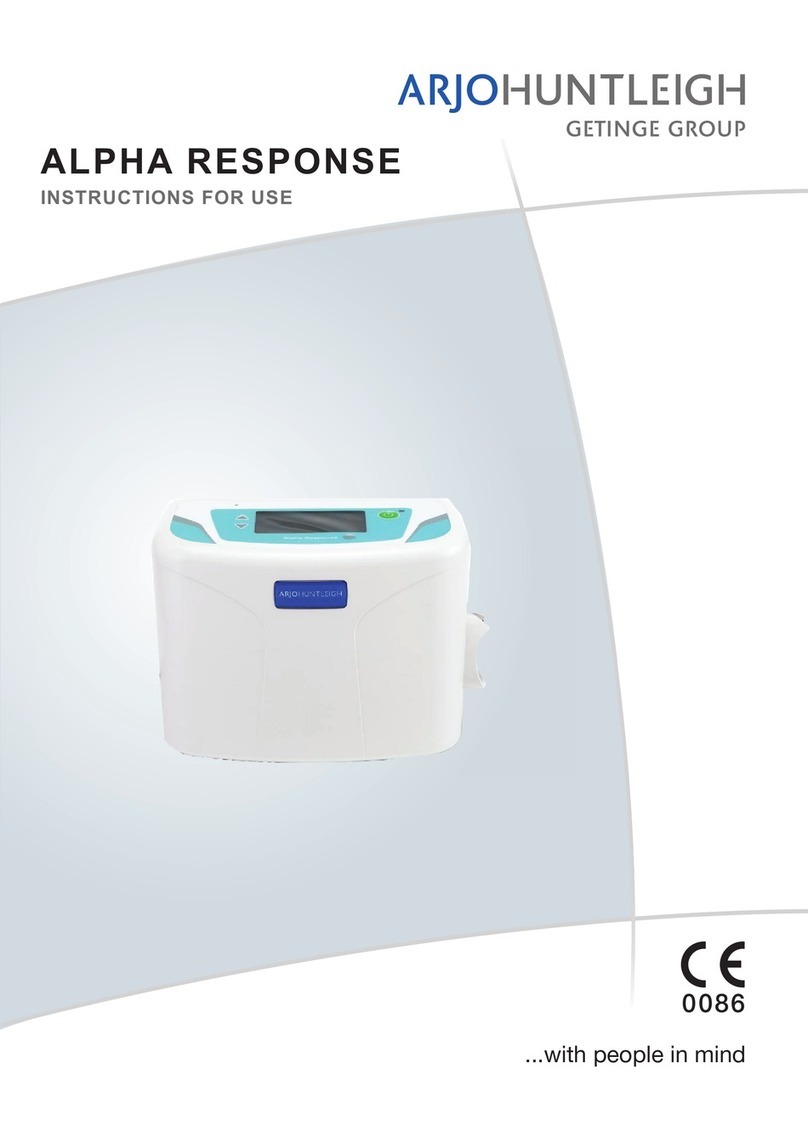
Getinge
Getinge Arjohuntleigh ALPHA RESPONSE User manual

Getinge
Getinge Maquet FLOW-i 4.2 User manual

Getinge
Getinge Arjohuntleigh Nimbus 3 Professional User manual
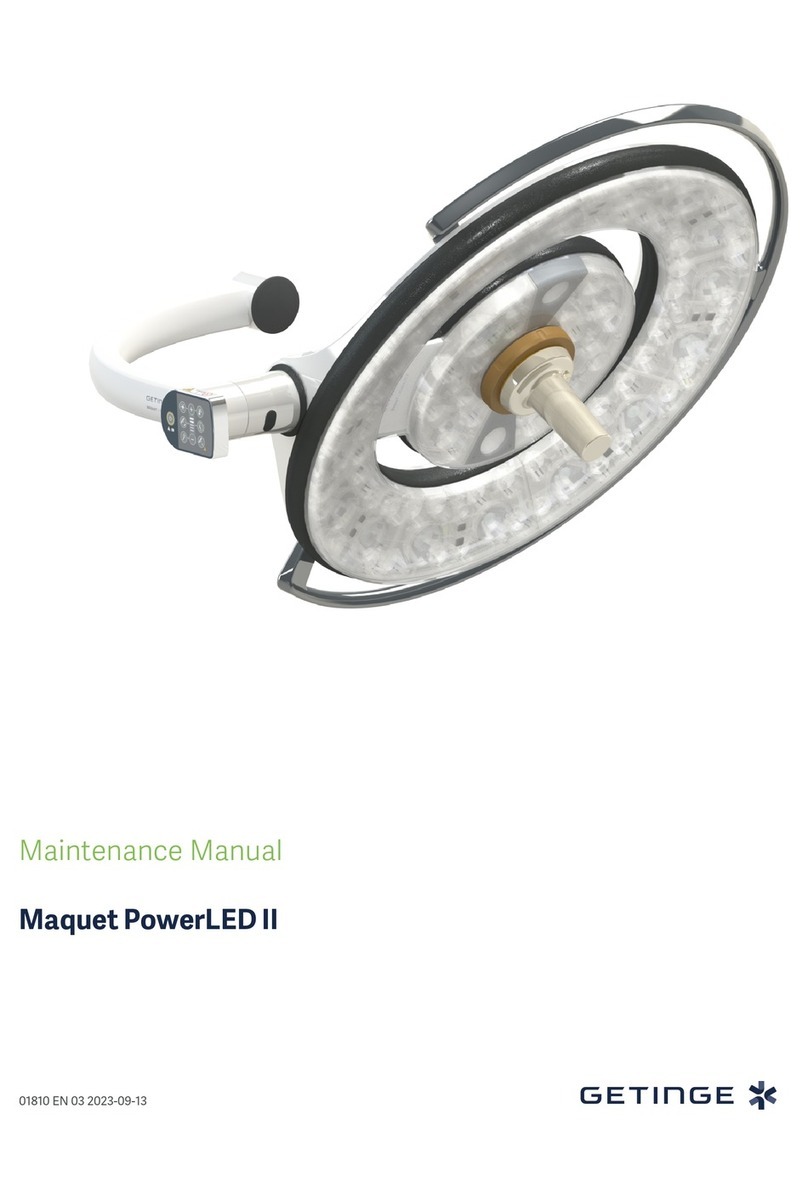
Getinge
Getinge Maquet PowerLED II User manual
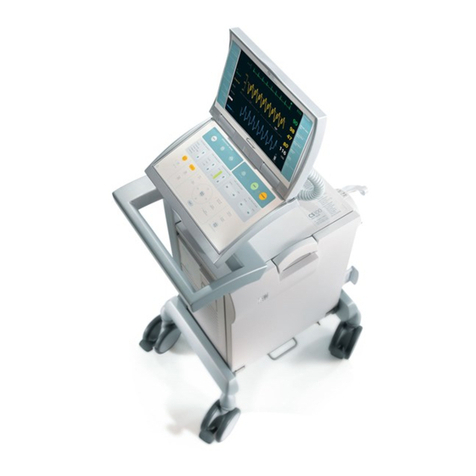
Getinge
Getinge CS100 User manual
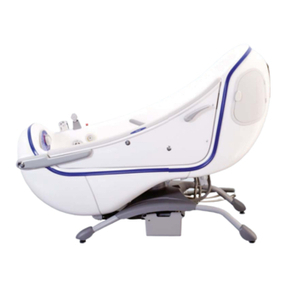
Getinge
Getinge Arjohuntleigh Parker User manual
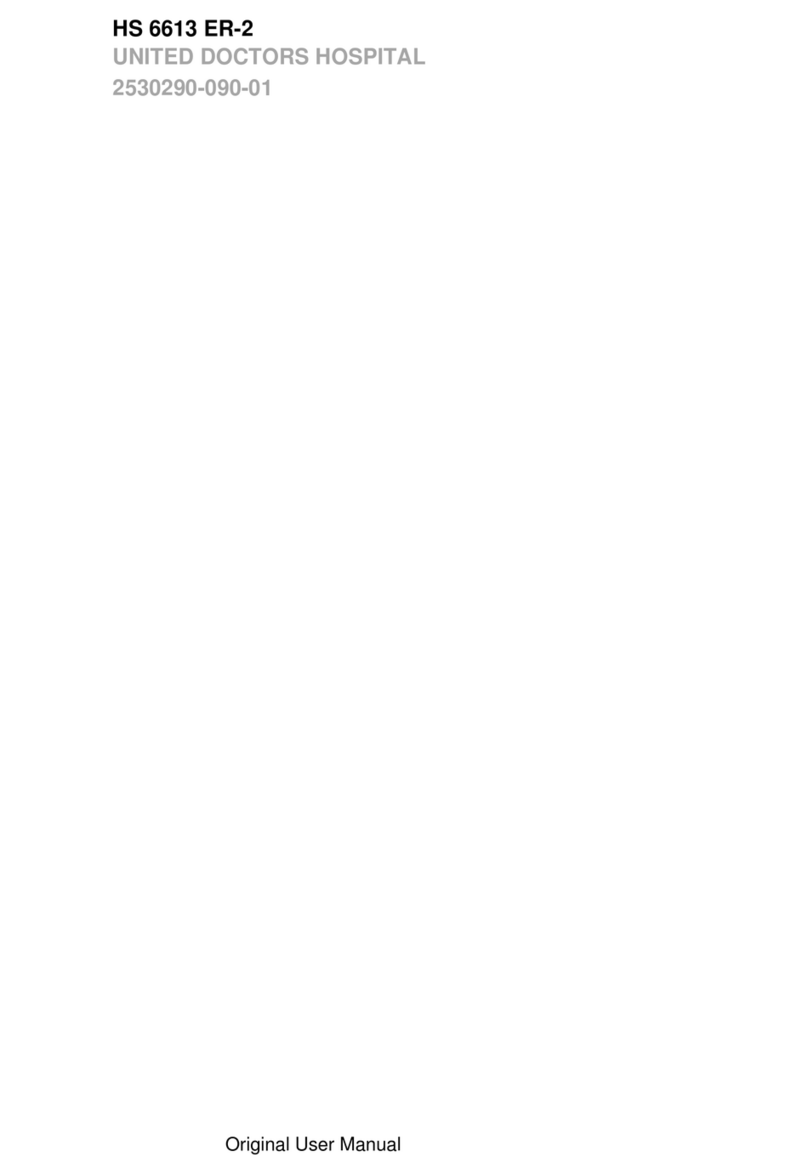
Getinge
Getinge HS 6613 ER-2 Product information sheet

Getinge
Getinge S-363 User manual
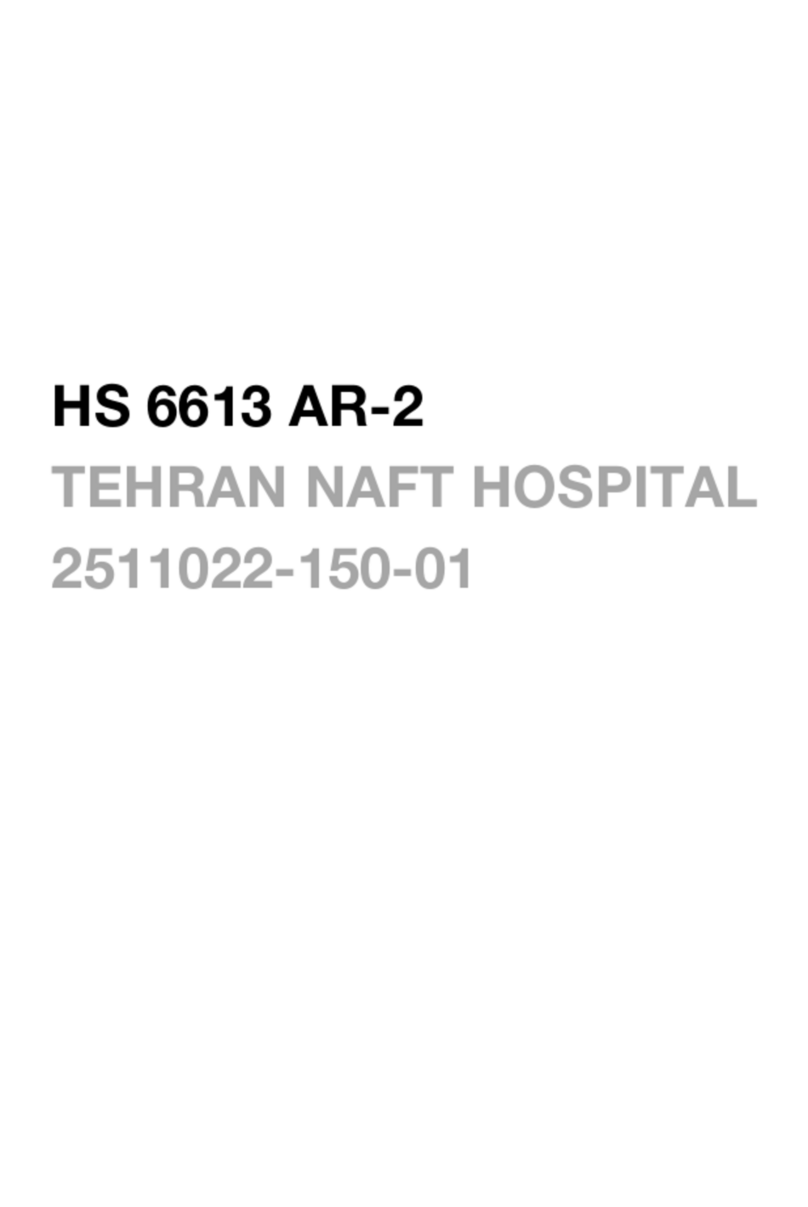
Getinge
Getinge HS 6613 AR-2 User manual
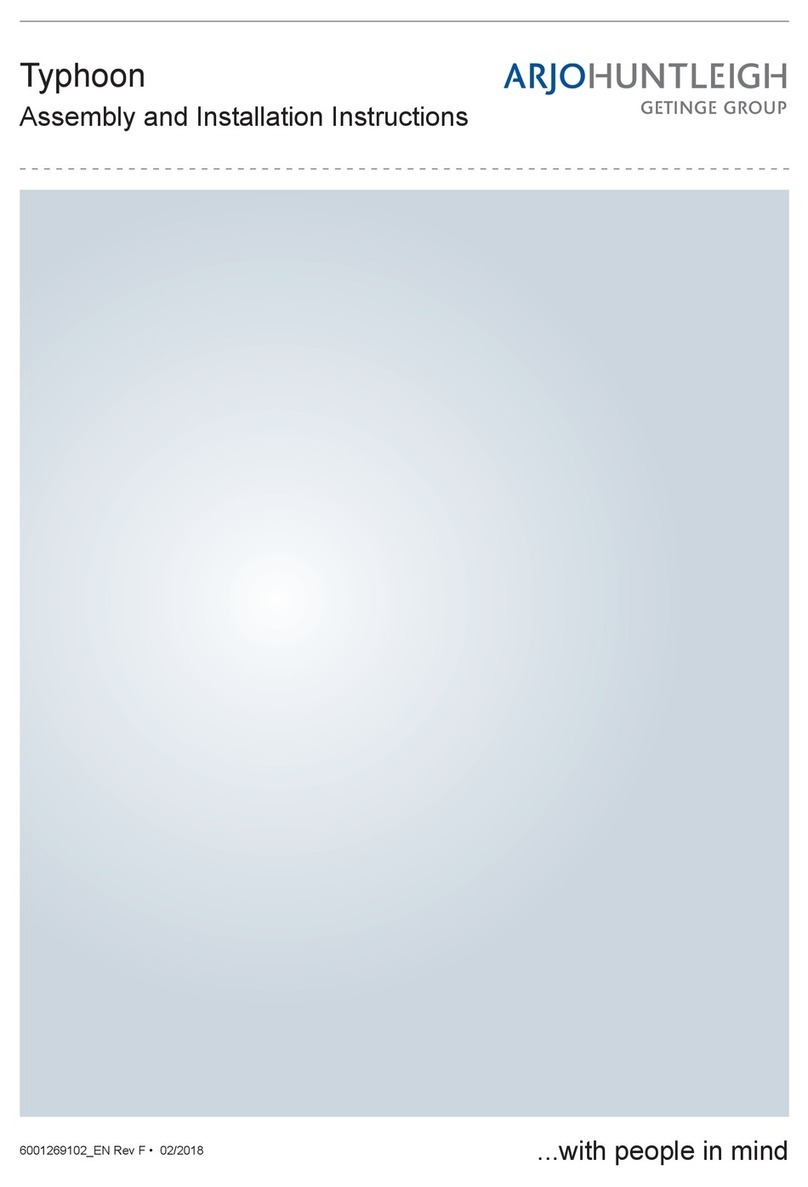
Getinge
Getinge Arjohuntleigh Typhoon Instruction manual
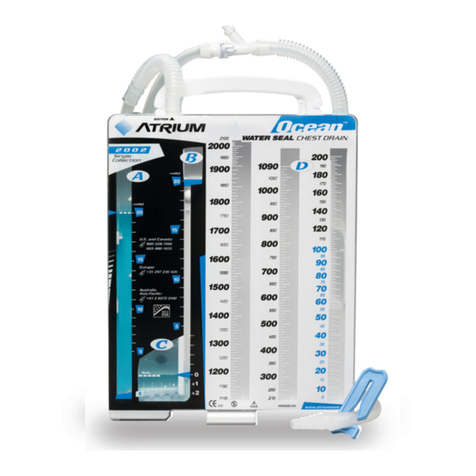
Getinge
Getinge Maquet Atrium OCEAN User manual
Popular Medical Equipment manuals by other brands

Rocket Medical
Rocket Medical Rocket Digital Oocyte Aspiration Pump Service manual

Monteris Medical
Monteris Medical Neuroblate Instructions for use

Otto Block
Otto Block 8E33 7 manual

ADVANCED HOME CARE
ADVANCED HOME CARE Helios Guide

NeuLog
NeuLog NUL-208 Guide
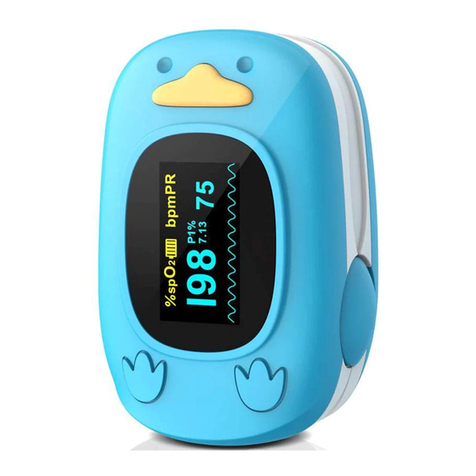
Healthtree Medical
Healthtree Medical JKS50A Operator's manual
